This mushroom can be found growing in large numbers in late Autumn. Like other Suillus mushrooms, whilst being edible, it is best to remove the slimy skin of the cap and pores before consumption, which unfortunately doesn’t leave much mushroom!
Home / Mushroom Guide /
Bovine Bolete
Bovine Bolete
| Mushroom Type | |
| Common Names |
Bovine Bolete (EN), Jersey Cow Mushroom, Jersey Jack, Boled Yr Ych (CY), Maślak Sitarz (PL), Tehéntinóru (HU) |
| Scientific Name |
Boletus / Suillus bovinus |
| Season Start |
Aug |
| Season End |
Nov |
| Average Mushroom height (CM) |
6-10 |
| Average Cap width (CM) |
5-9 |
Please note that each and every mushroom you come across may vary in appearance to these photos.
Cap
5-9 cm. Pale orange-yellow with grey to pink hues. Wet to the touch with a pale edge to the cap.
Stem
6-10 cm long, 0.5-1 cm diameter. Concolourous with the cap with hints of pink at the bottom and on any exposed mycelium.
Possible Confusion
Other Suillus but as none are toxic this should not prove a problem.
The Larch Bolete (Suillus grevillei) looks similar but has a ring zone on the stem.
Spore Print
Olive-brown. Subfusiform.
Taste / Smell
A bit sweet. Should be cooked before consumption.
Frequency
Common and widespread.
Other Facts
It is said that European medieval knights considered this mushroom of inferior quality preferring the Tricholoma species (now considered poisonous) that grew in Pine forests, leaving this mushroom for cattle-drovers, and this was the origin for it’s name.
Where this mushroom is found you can sometimes find the Rosy Spike (Gomphidius roseus), a mushroom that is believed to be a parasite of Suillus bovinus.
Suillus are not the best mushrooms when used fresh but are improved by slicing, drying and then re-hydrating. When cooked the Bovine Bolete the flesh becomes violet.
In March 2025 the IUCN (International Union for Conservation of Nature) added 1000 fungal species to the IUCN Red List of Threatened Species. The IUCN (Global) Conservation Status of Bovine Bolete (Suillus bovinus) is: LC – Least Concern, with stable population. For more information, see on the following link



 (32 votes, average: 3.25 out of 5)
(32 votes, average: 3.25 out of 5)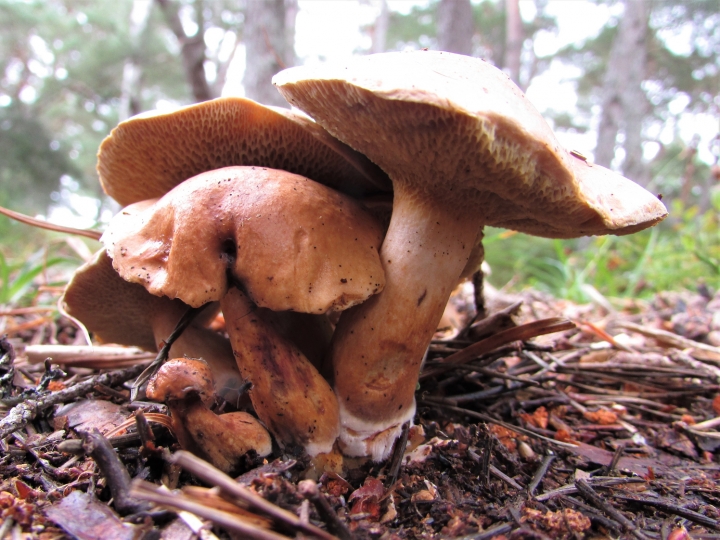
















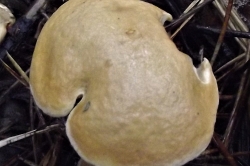
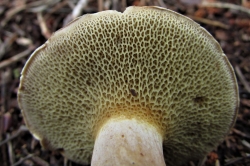
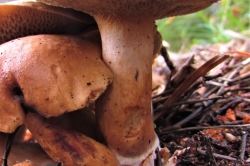
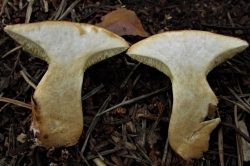
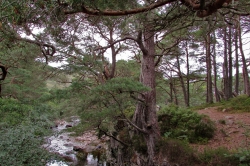
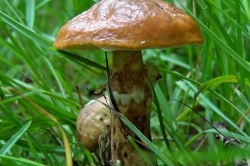






Leave a Reply